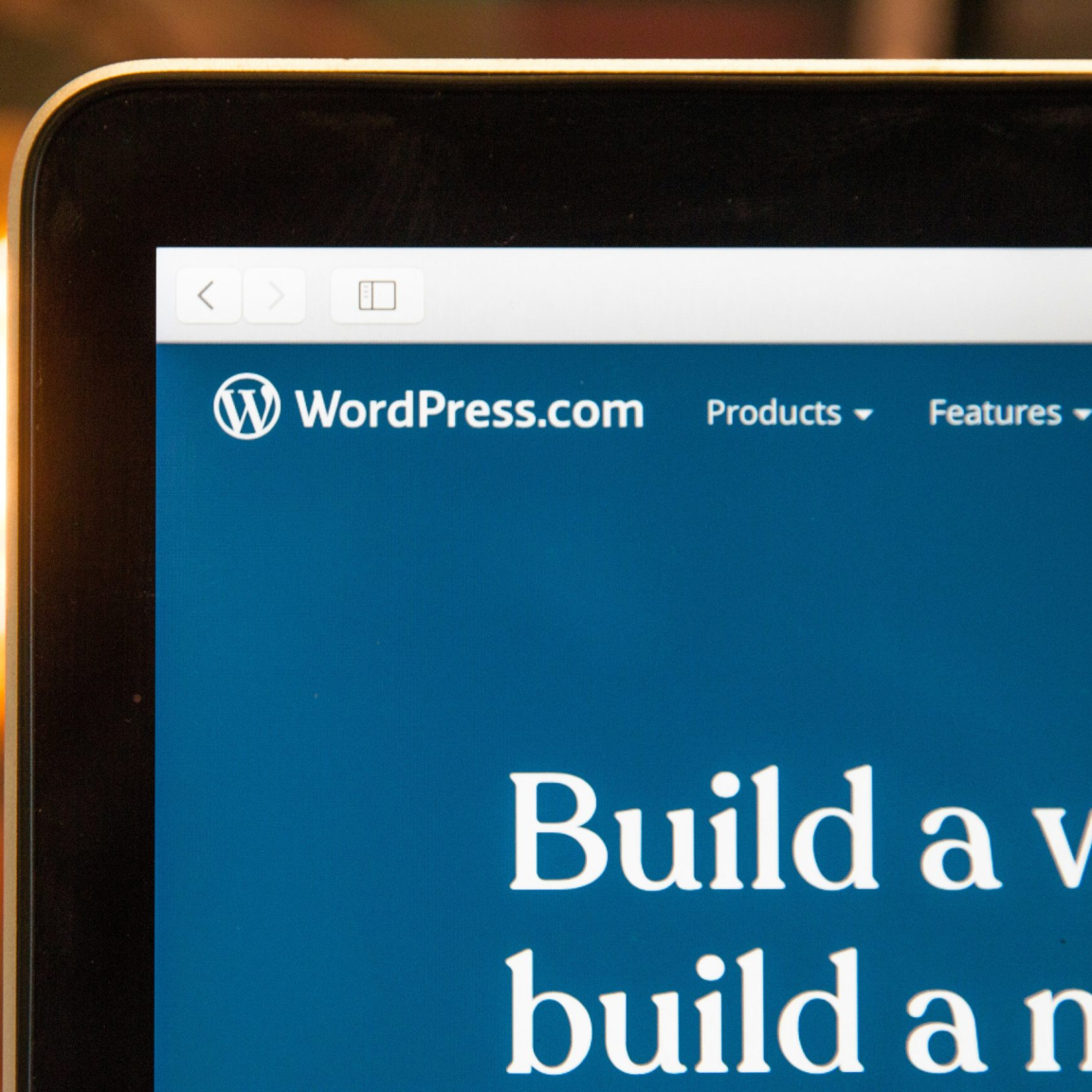Outsourced vs In-House Marketing

Working out how to run your marketing isn’t as straightforward as it used to be. In 2025, UK businesses, both B2B and B2C, are juggling faster-moving markets, fiercer competition, and rising costs. So choosing between building your own team or bringing in external support isn’t just a budget question anymore, it’s about staying sharp and staying ahead.
Recent research shows that around 46% of UK companies outsource at least one part of their marketing and that figure rises to 50% for B2B businesses. B2C isn’t far behind, with about 40% also making use of external support. From manufacturers to online retailers, the shift is clear.
So, what’s driving the trend? And when does it make more sense to keep things in-house? Let’s dig in.
Why Businesses Are Outsourcing Marketing
The latest research backs what we’re seeing on the ground: outsourcing is on the rise. Businesses want more flexibility, better access to specialist skills, and support that fits their needs without bloating the payroll.
UK companies typically spend between 5% and 30% of their revenue on marketing. That’s a broad range and staying on the right side of it often comes down to how you structure your team. For a lot of businesses, outsourcing parts of their marketing is a smart way to manage spend without compromising on quality.
Outsourcing trims the overheads. No need to hire full-time for every skillset. And unlike internal hires who are locked into specific roles, outsourced teams can flex with your priorities, shifting from strategy one month to content or PPC the next, depending on where the focus needs to be. You get flexibility, someone to call when you need help, and pause when you don’t. Plus, you can bring in experts for SEO, paid media, content, social, or even web development – the full mix, without full-time cost.
When Outsourced Marketing Works Well
Outsourcing really shines when you need to get something moving quickly, like launching a campaign, building out your digital presence, or testing a new market.
And if your to-do list includes social, email, ads, content, and web updates but your team is two people and a Google Doc, it’s probably time to get support. Retainers can bring structure and consistency to your marketing, so things don’t stall when you’re busy.
That said, even the best external team needs a short run-up. Onboarding takes a little time but a good setup pays off in the long run.
Keeping It In-House
Sometimes, keeping marketing in-house just makes more sense. Maybe you need full control. Maybe your product is highly technical or regulated. Or maybe your tone of voice is so specific that outsourcing feels like a mismatch.
Having the same people involved every day builds consistency. They know your customers. They’re in the room for internal conversations. And when you’re building long-term brand equity or need real sensitivity in messaging, this kind of continuity matters.
Doing Both? You’re Not Alone
The sweet spot for a lot of businesses? A hybrid setup.
You keep strategy and brand leadership in-house, and outsource the stuff that needs extra hands, whether that’s SEO, content, design, or dev. It means you stay in control, but you’re not doing everything yourself.
Flexible retainers make this setup work. You get regular access to support across channels, without needing to make five new hires.
Deciding What’s Right
Not sure which route’s best for you? Start here:
- Got the budget (and time) to build internally?
- Need to move quickly or adapt fast?
- Are there key skill gaps slowing you down?
- Do you have busy periods that need extra resources?
What to Look For in a Marketing Agency
If outsourcing is on the cards, the fit matters. You want a partner who gets your sector, works how you do, and communicates clearly. It’s not just about ticking boxes, it’s about trusting them to move the needle.
What to Do Next
There’s no one-size-fits-all. What works for one business might not suit another. But getting clarity on what you actually need – and how to make it work – is the first step.
Still figuring it out? Let’s talk it through. No pressure, no pitch. Just a conversation to help you get clearer on your next move.
Read this next
Read this next


